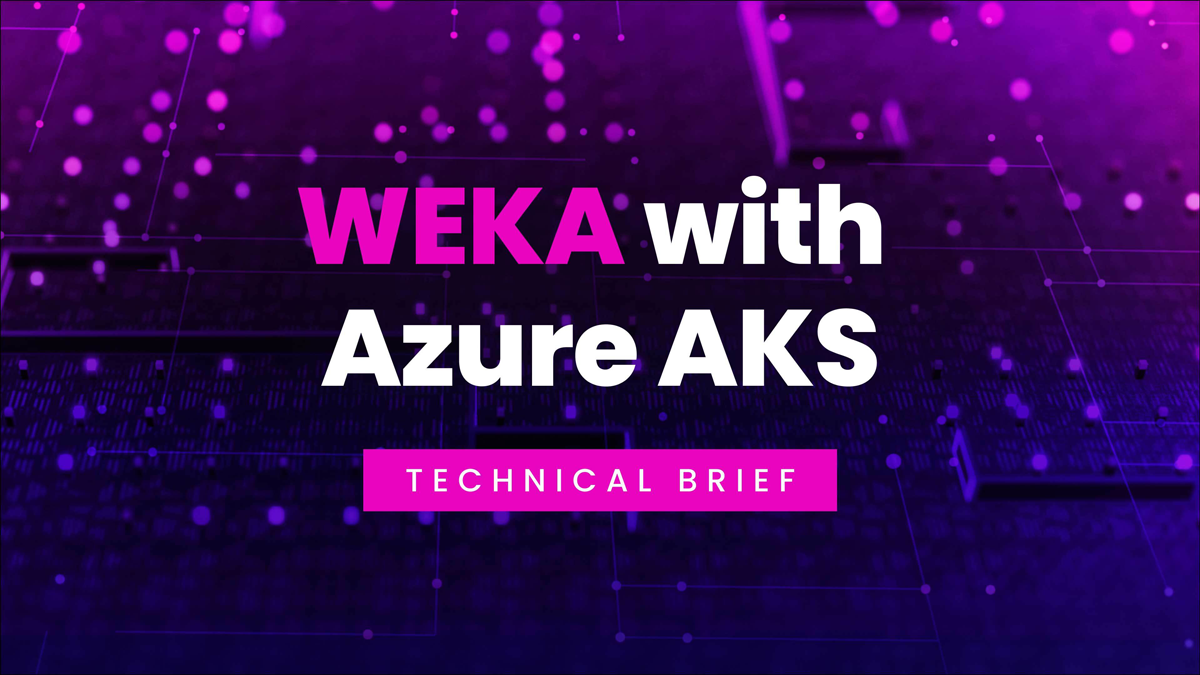Object Storage (What Is It Used For & How Does It Work?)

Curious about object storage? We explain what it is, what it is best used for, and how it’s different from file or block storage.
What is object storage? Object storage manages data as distinct units in a storage pool instead of a folder or directory structure. This method has metadata and global identifiers to define each object. Object storage allows for vast amounts of unstructured data, such as music, media files, and text files.
How Is Object Storage Different from Other Forms of Storage?
Data storage is a function or process about which we rarely think. It’s such a fundamental part of computing to fall entirely in the background, like input/output (I/O) operations or assembly languages. In fact, it seems like the only people who really think about file storage are specialized developers and users of high-performance computing platforms.
However, for those two groups, the types of data storage implemented in a system or platform are just as important as any other component. System performance and reliability can be profoundly affected by a file system or file storage type, and organizations leveraging huge workloads need to squeeze every ounce of performance from a system that they can.
With that in mind, not all file storage systems are the same. Some of the different forms of file storage include the following:
- File Storage: Perhaps the most well-known form of storage, file storage uses the idea of files and folders. A file storage schema is a network-attached storage system where each piece of data is a file, and files are located in nested hierarchies of containers called folders. To access that data, any user or system must know the path to a file (including all folders and subfolders containing the file). File storage is useful for systems that mix structured and unstructured data.
- Block Storage: Block storage, unlike file storage, organizes data into blocks with memory addresses. A block storage system doesn’t need to know the path to a block, only the address. This kind of storage facilitates rapid retrieval and low latency and works well with storage area network (SAN) setups.
- Object Storage: Under this storage, each file or piece of data is saved as an object accessible via hypertext transfer protocol (HTTP) and a GET request.
Before discussing object storage in detail, it’s essential to understand what an “object” is in computer science. Traditionally, we think of data as files, meant for a specific application or purpose. On the other hand, an object is a complex data type that can contain information like metadata, rich location data, and unique ID components. Objects are therefore much more flexible when it comes to arrangements that involve role or privacy policy compliance.
Object storage is unique because:
- It doesn’t use hierarchical structures like file storage and doesn’t carry the overhead of having to navigate complex folder structures.
- It allows for customizable metadata that meets unique organizational requirements.
- It thrives in cloud environments where object autonomy and metadata can help support complex software and computation infrastructure.
What Are the Benefits and Use Cases of Object Storage?
Like any other file storage approach, object storage systems support specific use cases and requirements. These are use cases that typically involve high-performance computing or enterprise systems.
Some of the benefits of object storage include the following:
- Metadata and Analytics: This storage has a more intuitive and integrated approach to metadata, and as such, data objects can have rich and descriptive metadata to support advanced file operations. In turn, this approach can power more effective (and scalable) analytics for various purposes and processing tasks.
- Fast Data Retrieval: Object storage is flat, and avoids the hierarchical structure of file storage systems, and facilitates rapid data access. Furthermore, complex metadata embedded in data objects can make access quicker through the use of categories.
- Scalability: There isn’t much of a limit to the scalability of an object storage system due to the nature of how objects are stored and accessed. Scalability is often a great thing and useful for almost any type of implementation.
- Flexibility: Because administrators can customize metadata to different use cases, an object storage system can provide an extremely flexible and responsive approach to data storage as compared to other types.
- Optimization: With the combination of metadata, flat storage, and scalability, it’s easy to customize and optimize storage schemas to fit specific needs as they evolve.
In terms of use cases, object storage schemes work best with unstructured data that can be modified or organized with metadata. Some of these situations include the following:
- Delivering Media and Distributed Content: Workflows that deliver rich media (either through downloads or streaming) can thrive in object storage systems, primarily where content organization, ranking, suggestions, and authorization are implemented in cloud environments.
- Internet of Things (IoT) Edge Devices: Intelligent devices aren’t structuring data because they are constantly delivering environment and operational data to central cloud processing systems. However, an object storage approach allows you to clean, sanitize, and organize that data for rapid and scalable access and processing.
- Large Backups: Files, database records, logging files, reports—an object storage system, at a massive scale, can support easily retrievable backup systems for archival purposes.
High-Performance Computing and File Storage with WEKA
Cloud deployments for intense workloads like machine learning, AI, genomic sequencing, and advanced analytics rely on rapid file system access. With WEKA , you can rely on customized, scalable, and high-performance cloud environments to support these workloads.
Some of the critical features of the WEKA system include the following:
- Streamlined and fast cloud file systems to combine multiple sources into a single high-performance computing system
- Industry-best, GPU Direct Performance (113 Gbps for a single DGX-2 and 162 Gbps for a single DGX A100)
- In-flight and at-rest encryption for GRC requirements
- Agile access and management for edge, core, and cloud development
- Scalability up to exabytes of storage across billions of files
Are you ready to learn more about WEKA and high-performance computing? If so, contact us today and discover what Weka can do to empower your innovative cloud projects.


